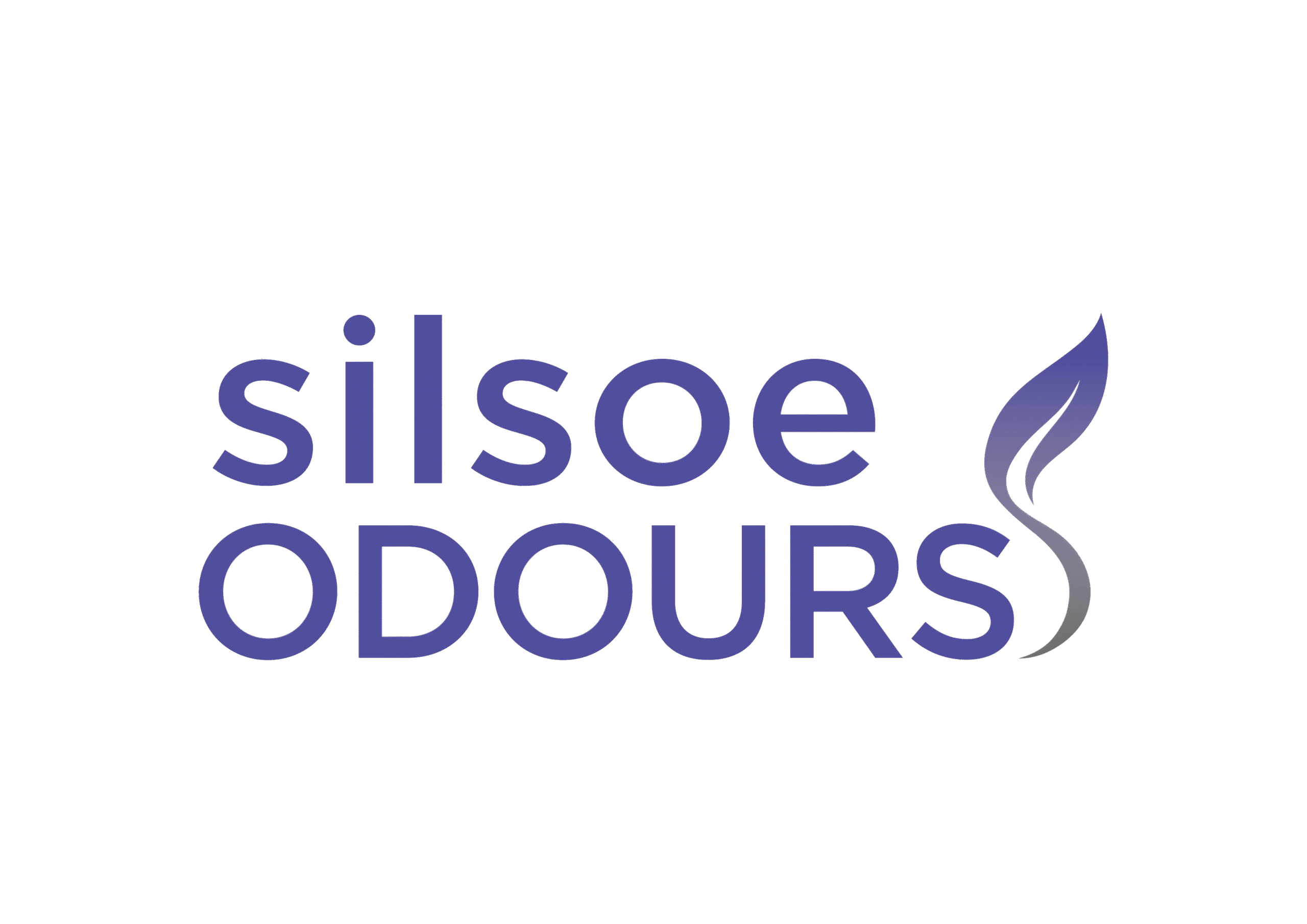HOW TO CONDUCT AN EFFECTIVE ODOUR IMPACT ASSESSMENT

[vc_row][vc_column][vc_column_text]
Are you familiar with an odour impact assessment or sampling survey? Various odour services are available, which can sometimes feel overwhelming. But rest assured, your contribution doesn’t have to be complicated.
Today’s article is from James Sneath, our Technical Manager at Silsoe Odours. James delivers top-notch service for our clients. He ensures our work follows the strict guidelines of European odour standard, BSEN13725.[/vc_column_text][vc_column_text]
"In this article, I explain the process behind our most popular service, the Odour Sampling Survey. I also provide an overview of some other types of odour impact assessment. So, continue reading to understand what to expect when you work with our specialist team." James Sneath, Technical Manager, Silsoe Odours.
[/vc_column_text][/vc_column][/vc_row][vc_row][vc_column][vc_separator][vc_column_text]
WHY MIGHT I NEED AN ODOUR IMPACT ASSESSMENT?
[/vc_column_text][vc_column_text]
Your environmental impact as an operator is a big deal in today’s society. Odour plays a crucial role in this. People want to go about their daily lives without enduring bad smells. You will see this reflected in planning regulations and environmental permits. It also affects how regulators respond to odour complaints.
So, if you think your operation may produce too many odour emissions, it’s a good idea to be proactive. Gathering accurate information can help you take the necessary steps to address issues. An odour impact assessment provides scientific data that can guide your actions. A documented record of your efforts will also be valuable if the matter reaches court.
[/vc_column_text][vc_separator][/vc_column][/vc_row][vc_row][vc_column width=”1/2″][vc_column_text]
HOW DOES THE PROCESS WORK?
[/vc_column_text][ult_range_slider slider_data=”%5B%7B%22slider_title%22%3A%22Briefing%22%2C%22slider_desc%22%3A%22Get%20in%20touch%20and%20tell%20us%20what%20you%20need.%20We%20will%20advise%20on%20the%20best%20approach%2C%20and%20agree%20timelines%20and%20budgets.%22%7D%2C%7B%22slider_title%22%3A%22Planning%22%2C%22slider_desc%22%3A%22At%20this%20stage%2C%20we%20thoroughly%20research%20the%20site%20we%20will%20be%20sampling%20from.%20We%20identify%20sampling%20locations%2C%20as%20well%20as%20the%20topology%2C%20health%20%26%20safety%20and%20expected%20weather%20conditions.%22%7D%2C%7B%22slider_title%22%3A%22Sampling%22%2C%22slider_desc%22%3A%22Our%20team%20attend%20the%20site%20and%20use%20specialist%20equipment%20to%20sample%20from%20sources%20we%20identified%20during%20planning.%20We%20adjust%20our%20methodology%20according%20to%20site%20and%20weather%20conditions.%22%7D%2C%7B%22slider_title%22%3A%22Testing%22%2C%22slider_desc%22%3A%22When%20we%20finish%20the%20survey%2C%20we%20transport%20the%20samples%20to%20our%20UKAS-accredited%20odour%20lab.%20Our%20odour%20panel%20members%20then%20test%20the%20samples%20according%20to%20EN13725.%20We%20can%20test%20for%20odour%20intensity%2C%20concentration%20and%20characterisation%2C%20as%20well%20as%20chemical%20analysis%2C%20odour%20detection%20threshold%20and%20hedonic%20tone.%20%22%7D%2C%7B%22slider_title%22%3A%22Reporting%22%2C%22slider_desc%22%3A%22Finally%2C%20we%20report%20our%20finding%20and%20recommendations%20to%20you%20in%20a%20comprehensive%20but%20easy%20to%20use%20report.%22%7D%5D” slider_color=”#514f9d” title_color=”#514f9d” title_box_color=”#ffffff” title_border=”border-style:solid;|border-width:2px;border-radius:0px;|border-color:#514f9d;” desc_color=”#514f9d” title_font_style=”font-weight:bold;” desc_font_style=”font-style:italic;” title_padding=”padding-top:15px;padding-right:15px;padding-bottom:15px;padding-left:15px;” desc_padding=”padding-top:35px;padding-right:35px;padding-bottom:35px;padding-left:35px;” title_font_size=”desktop:16px;” desc_font_size=”desktop:16px;”][/vc_column][vc_column width=”1/2″][vc_column_text]
[/vc_column_text][/vc_column][/vc_row][vc_row][vc_column][vc_separator][vc_column_text]
HOW TO CONDUCT AN ODOUR IMPACT ASSESSMENT
[/vc_column_text][vc_column_text]
Step 1: Briefing
[/vc_column_text][vc_column_text]The first step in any project is all about you. Get in touch and give us as much information as you can about your odour issue. Sometimes, you will have a clear understanding of your needs and timeline. Other times, you might be unsure. In this case, we will work with you to find the best solution for your requirements.
An option we often recommend is an odour sampling survey, which is the focus of this article. However, another odour impact assessment may be more appropriate. For example, a sniff survey, dispersion model or assessment survey. Whatever the situation, we will agree on timelines and budgets with you at this stage of the project.[/vc_column_text][vc_separator el_width=”50″][vc_column_text]
Step 2: Planning
[/vc_column_text][vc_column_text]
After you approve your survey details, we get on with planning. First, we look at the site, checking health and safety requirements and access. All our sampling technicians are well-trained in health and safety. Our training also includes working at heights so that we can offer stack sampling. All Silsoe Odours sampling is UKAS-accredited.
Next, we check the topography and identify specific sources to collect odour samples. We are also careful to monitor weather conditions. Unexpected changes in wind direction can impact the outcome of an odour survey. You get final approval on everything we propose. Moreover, if you visit the site, you can make ‘on the day’ calls, which I will explain further in step 3.
[/vc_column_text][vc_separator el_width=”50″][vc_column_text]
Step 3: Sampling
[/vc_column_text][/vc_column][/vc_row][vc_row][vc_column][vc_column_text] [/vc_column_text][vc_column_text]
[/vc_column_text][vc_column_text]
On the day of the survey, we head to the site. Many clients prefer to meet us there, but it’s not necessary if your schedule doesn’t allow it. Naturally, we often need to make adjustments on the day. All kinds of unexpected things can happen on-site. We have (often) encountered locked gates, sudden hail storms and inaccurate site plans. Our odour specialists always adapt our approach based on what we find.
We use specialist equipment to collect odour samples from our pre-identified sources. We strongly recommend taking all odour samples in triplicate. This ensures their accuracy and reliability.
[/vc_column_text][vc_column_text]
Silsoe Odours were recommended to me by colleagues, as they are always very good and knowledgeable. I engaged them for emissions monitoring of an oil/fuel depot and had a good experience. Their odour consultants arrived at site as arranged and completed the work efficiently and effectively. Liam Shelmerdine, Redmore Environmental
[/vc_column_text][vc_separator el_width=”50″][/vc_column][/vc_row][vc_row][vc_column][vc_column_text]
Step 4: Testing
[/vc_column_text][vc_column_text]

The odour panel at Silsoe Odours
At the end of the survey, we transport the odour samples to our UKAS-accredited lab. We do this within a 30-hour timeframe. This ensures we meet guidance criteria for odour impact assessments. Our odour laboratory was the first in the UK accredited by UKAS, so your samples are in safe hands.
In the lab, our fully trained odour panel members test the samples. All testing complies with European Odour Standard EN13725. Depending on your needs, we can test the samples for different things. We can test samples for:
- odour concentration
- odour intensity
- odour characterisation
- odour detection threshold
- chemical analysis
- hedonic tone
[/vc_column_text][vc_message]We also work with many businesses and consultants who collect their own odour samples but lack a lab facility. We are happy to test your samples, provided your methodology complies with EN13725.[/vc_message][vc_separator el_width=”50″][vc_column_text]
Step 5: Reporting
[/vc_column_text][vc_column_text]
To finish, we put all our findings and recommendations into a comprehensive report. We know how precious your time is, and it’s important to us that our work isn’t overwhelming. That’s why we work hard to strike the right balance with our reports. We make them easy to understand and navigate while maintaining their scientific integrity.
[/vc_column_text][vc_separator][/vc_column][/vc_row][vc_row][vc_column][vc_column_text]
FIND OUT MORE
[/vc_column_text][vc_column_text]
I have given you a quick overview of the stages we go through for one of our odour impact assessment methods. Chances are you have questions about your specific requirements. Or, you might like to find out more about what we do. Please feel free to call us on 01525 860222 or click on the button below to get in touch. You can also follow us on LinkedIn, Twitter or Facebook for regular updates.
[/vc_column_text][vc_btn title=”For more information about odour impact assessments, call 01525 860222 or click here” color=”primary” size=”lg” align=”center” button_block=”true” link=”url:https%3A%2F%2Fsilsoeodours.com%2Fcontact-us%2F|||”][vc_separator][vc_column_text]
Updated 2nd April 2024, from original article published 3rd March 2021
[/vc_column_text][/vc_column][/vc_row]


